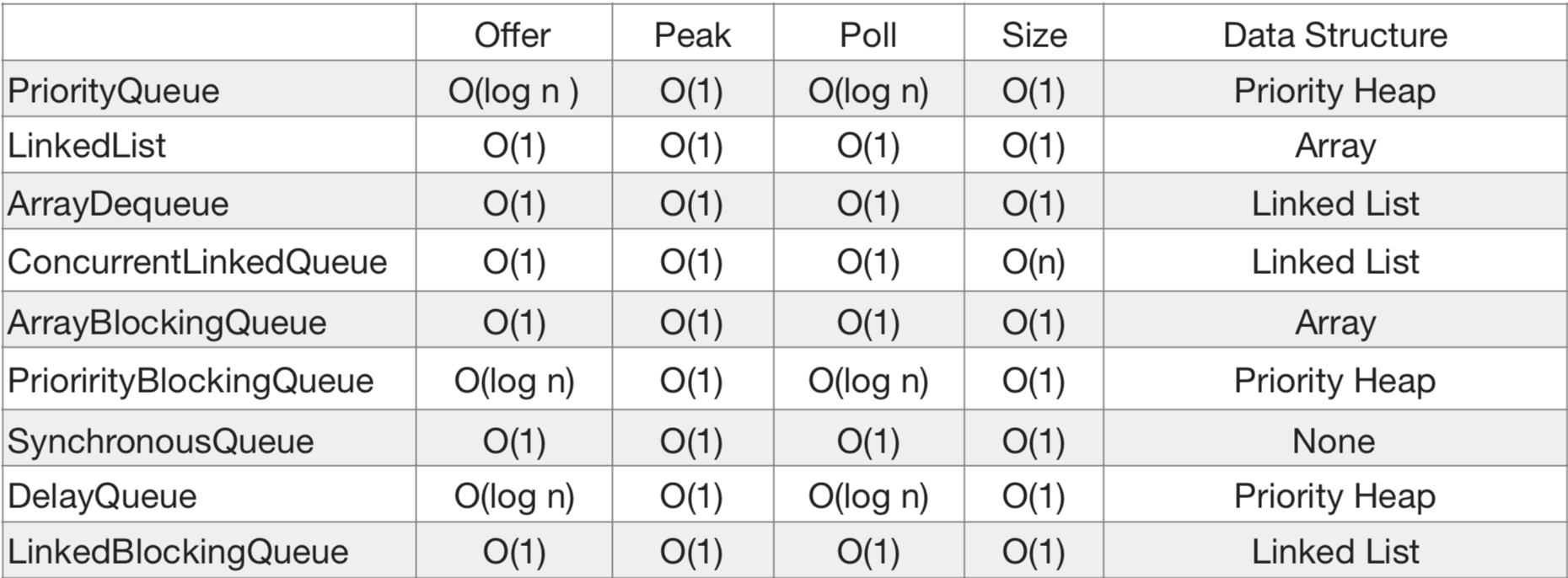

Since the LinkedList class also implements the Queue and the Deque interfaces, we can invoke methods of both. Treating a LinkedList as a Deque and/or Queue Here is some example Java that demonstrates the use of all the above LinkedList methods: import Adding elements – add(item) and add(index, item).LinkedList provides several methods that allow programmers to perform operations on LinkedLists, such as: Read: Top Online Courses to Learn Java Programming Working with Items of a LinkedList in Java Display and print all elements of LinkedList LinkedList linkedList = new LinkedList(nodesList) Since Lists implement the Collections interface, we can pass it to the LinkedList constructor: import Here is an example Java Program that creates an array of strings and then converts it to a List. LinkedList linkedNodes = new LinkedList() įor (int i=1 i linkedList = new LinkedList() That creates an empty LinkedList that developers can then add nodes to: import The first is to use the no-argument constructor: LinkedList linkedList = new LinkedList() There are two main ways to create linked lists in Java. Public class LinkedList extends AbstractSequentialList implements List, Deque, Cloneable, Serializable
Linked queue java full#
The full class declaration shows why that is possible:

Another distinguishing factor of the LinkedList is that its elements are referred to as nodes. However, as an implementation of the LinkedList data structure, elements are not stored in contiguous locations and every element is a separate object containing both a data and an address component. For example, both are part of the Collection framework and resides in java.util package.

The LinkedList class shares many features with the ArrayList. That allows traversal in both the forward and backward direction: The nodes of a doubly linked list also contain a “prev” link field that points to the previous node in the sequence. The Java LinkedList class uses a Doubly linked list to store the elements. There are other kinds of linked lists, such as the Circular linked list, which is a singly linked list in which the last node and next field points back to the first node in the sequence. Types of Linked Lists in JavaĪt it’s most basic, a linked list is one whose nodes contain a data field as well as a “next” reference (link) to the next node in the list:
Linked queue java how to#
By the end of this Java programming tutorial, you will know about the different kinds of linked lists (yes, there are more than one type!), how they are implemented in Java, and how to work with them in your programs. While you may have heard of linked lists, many developers have very little idea how they work, much less how to use them in their programs.


 0 kommentar(er)
0 kommentar(er)
